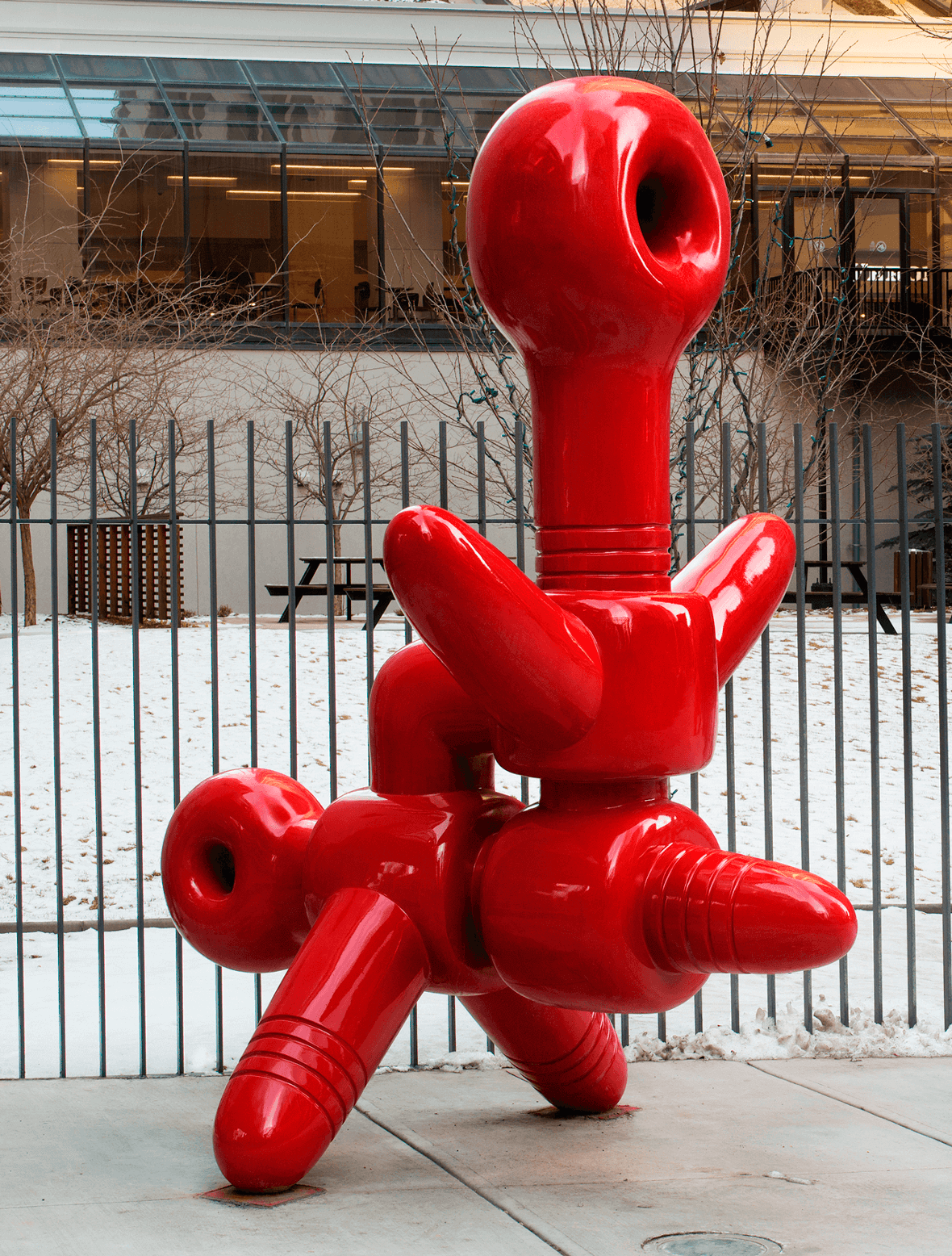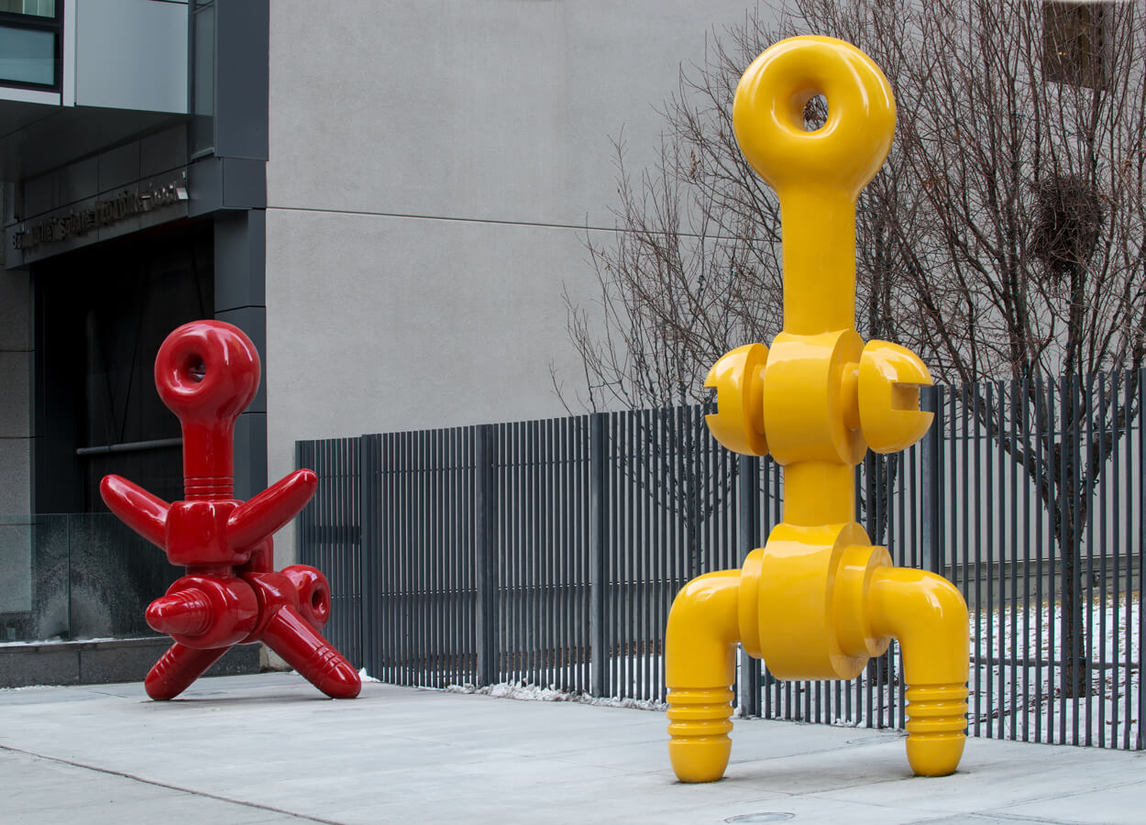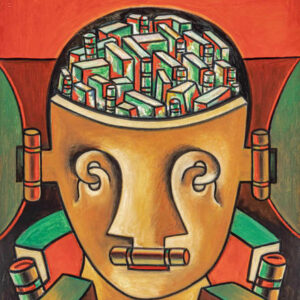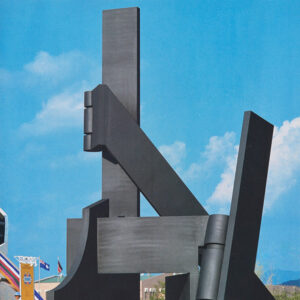Sadko 1971–72

Sorel Etrog, Sadko, 1971–72
Painted bronze, 365.8 cm (h)
Bow Valley Square Collection, Calgary
Sadko, named after a character from the epic Russian classic bylina, is one of the best examples of Etrog’s Screws and Bolts period (1971–73), during which the artist created sculptures characterized by visual wit, sexual references, and vibrant shiny colours (achieved by applying automotive enamel paint to the bronze surface, in this case a bright red). In this brief phase of his career, Etrog was inspired by mechanical elements similar to those he had explored earlier, during his Links period (1963–70), and ones he would continue to explore during the Hinges period (1972–79) with which Screws and Bolts overlaps.

Etrog’s Screws and Bolts interlude immediately followed the dark period in his life that resulted in such works as the anguished Targets (Study after Guernica), 1969. It is as if the artist, recovering from a serious 1967 car accident that required a series of operations, finally became hopeful about the possibility of healing and emerged from a difficult time with renewed life-affirming energy. The sculptures are influenced by Surrealism, with its focus on bold erotic themes, sensual subject matter, and explicit representations of sexual acts. The bright red Sadko, for example, suggests a male figure with extended arms and legs and an erect penis.
When the sculptures were first displayed at Toronto’s Dunkelman Gallery, the Globe and Mail critic Kay Kritzwiser alluded to their explicit subject matter and eroticism as she attempted to counter possible criticism, arguing that “Etrog concedes sexuality perhaps, deliberate sexiness no, physicality yes.” Despite the piece’s boldness—or perhaps because of it—the architect Boris Zerafa of Webb Zerafa Menkes Housden selected Sadko to be installed, coupled with the bright yellow Kabuki, 1971–72, at Bow Valley Square, Calgary’s iconic office tower complex, which his firm had designed. These two works immediately became a sculptural couple, with Kabuki standing for a female and Sadko for a male. Painted in different but equally vivid colours, they face the street and engage passing foot traffic.

 About the Author
About the Author
 More Online Art Books
More Online Art Books
 Acknowledgements
Acknowledgements